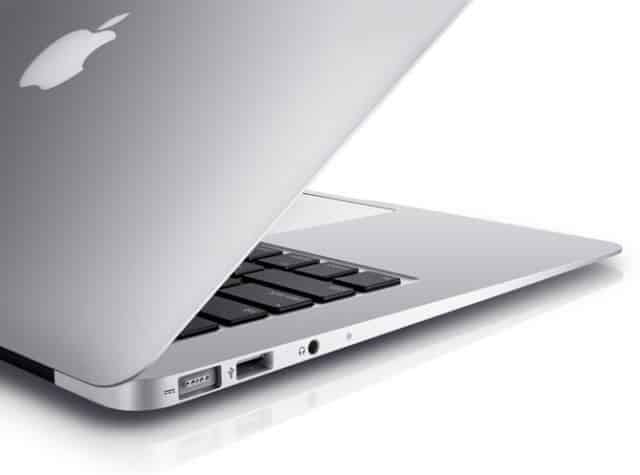The First 10 Things I Do on a New Mac

Getting a new Mac (for me invariably a MBP) is bittersweet. It’s nice to have something shiny and powerful, but setup can be tedious—especially if you don’t remember the steps.
Every time I go through the process I vow to capture the steps next time. But no more.
Configure the Shell
Configure vim
vim on the Command Line
Install Homebrew
Install Software
Install RVM
Install and Configure tmux
Conclusion
Notes
Configure the Shell >
First I change my shell to zsh, for these reasons:
chsh -s $(which zsh)
Then I install
Prezto
>
and get my zsh configs from
GitHub
>.
[ NOTE: I actually don’t need to install it because I just copy over my
existing repo, which I have on Github. ]
Configure vim
>
Right after the shell is in order I like to fix
vim
>. The reason is simple: Vim is used to edit most of the files in later
steps, and I can’t stand using vim without my configs in place.
Really all I do here is copy over my .vim directory and .vimrc file, which
is also in my Pristine project.
Now I have my shell and vim working.
Use vim on the Command Line
>
By default, both Bash and Zsh use emacs mode when editing the command line,
meaning you use your cursor to move around inside the command you’re typing.
I like Vim, so I use its
language
>
everywhere I can.
That includes editing commands I’m typing! bindkey -v
Map escape to work the same way on the command line:
bindkey -M viins ‘jk’ vi-cmd-mode
Now you can move around in your history, edit commands, etc. all using vim
language.
[ NOTE: Once again, if you do everything in the Pristine project above, this
will already be done for you. ]
Install Homebrew
>
Homebrew is a package manager for OS X, and I think it’s the best one. You
can install it like this:
[ NOTE: Remember what I said about running commands from the
internet? ]
ruby -e "$(curl -fsSL https://raw.githubusercontent.com/Homebrew/install/master/install)"
[ NOTE: You need to know what you’re doing before you pipe the internet into your shell. ]
Run doctor to make sure you’re in good shape:
brew doctor
Install Software >
One thing I like to do is get OS X using GNU versions of common tools instead of the default BSD versions. We’ll do this using Homebrew. First we’ll run tap for dupes:
brew tap homebrew/dupes Then install your software:
brew install findutils --default-names brew install gnu-sed --default-names brew install gnu-tar --default-names brew install gnu-which --default-names brew install gnutls --default-names brew install grep --default-names brew install coreutils brew install binutils brew install diffutils brew install gzip brew install watch brew install tmux brew install wget brew install nmap brew install gpg brew install htop
[ NOTE: --default-names allows the tool to be installed with the same
name that might already exist on the system, instead of a modified name that
avoids conflict. ]
Install RVM
>
Managing Ruby versions can be seriously annoying, but it’s made less so with
RVM.
First we pull the PGP key:
gpg --keyserver hkp://keys.gnupg.net --recv-keys D39DC0E3 Then we install:
curl -sSL https://get.rvm.io | bash -s stable Then install what you want to use:
rvm install 2.1.1 …and tell your system to use it: rvm use 2.1.1
Now you’re using that version of Ruby system wide.
[ NOTE:: You can go back to the default by giving rvm use system. ]
Install and Configure tmux >
I follow this > each time.
Conclusion >
This gets me to a somewhat sane state where I at least have some basic functionality in place.
I hope this has been helpful.
UPDATED: APRIL 2017
Notes >
The next stage of this evolution will be to script this entire thing: pulling from GitHub, updating configs, installing software, etc. If you know a solid project for doing that, let me know.
My vim tutorial >.
My tmux tutorial >.